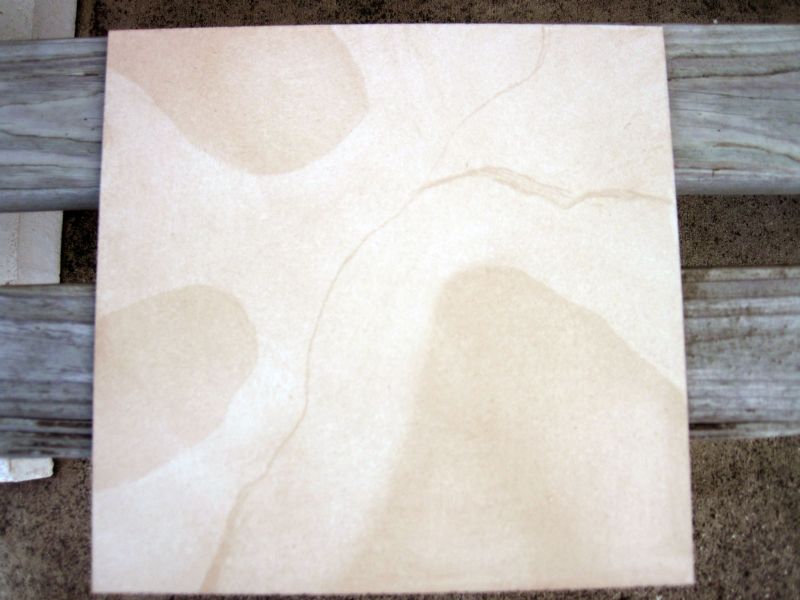Filling Pores on Fine Carvings
Thorough advice on filling pores without obscuring fine carved detail. June 18, 2010
Question
Music stands: lion paw tripod base with turned and carved column, lyre type sheet music rest with carving and flats, mahogany. The carvings are finely veined acanthus leaves and some bell flowers. The original (these are copies) has a full fill, contrast (nearly black) pore finish on a reddish ground. With the contrast pore we're heading for the paste filler, but keeping the carvings sharp has us hesitating. We're guessing that the technique would be to scratch the excess out of the fine detail with dowels sharpened in a pencil sharpener and the swarf brushed away. Does anyone have any suggestions?
Forum Responses
(Finishing Forum)
From contributor Y:
If you can post the dye/stain type and the clear your using, there are a few ways to approach this - both historically and modern.
From the original questioner:
We like to use water soluble aniline dyes for the basic ground color. Generally, for this class of work we use ML Campbell Magnasand as a sealer/sander and finish with MagnaMax. The original was either topcoated in shellac or has been French polished along the way in that the surface tacks in seconds under denatured. These are to be presentation pieces (they paid a bunch for the hand detailing in the carvings and for the reproduction castings for the brass mechanisms) so we may be able to stray away from the more robust finishes if needed.
From contributor Y:
Then I would suggest this to you - use an old type filler the boiled linseed oil and silex type - why? This kind of pore filler as it dries, expands (swells) as compared to the quick dry alkyd types. It's also more appropriate for repro work. With this done you also have much more time to clean out any groves lines etc than you would. The stick method will work fine but use a cloth over it so as not to accidentally disturb the stain/finish. I'm sure you already know to seal the stain before applying the filler correct? A dowel shaped into a knife edge will come in handy also.
From the original questioner:
Yes, I am familiar with the thin seal before the fill - nice sharp color separation and less rubbing to lift of the excess. We had planned to do some glaze/toning on portions of the samples to give the client the option of aged or fresh. The wax rub would be a nice mellowing treatment. I went to a local furniture auction and got some savaged pie crust tables with similar details on the pedestals and will strip them to use as 3D samples (vs. the easy flats) and as procedural prototypes. We'll develop our pricing from these trials. These folks want what they want and I'd love to give it to them. They've been giving us the nod for two years now on progressively challenging schedules. It is nice to get paid to develop greater capabilities.
From contributor S:
Yes it is lovely to get paid to develop. Are you working on these as the prototypes for reproducing them in some volume? The reason I'm asking is there may be ways to create the reinterpretation of the historic look with a little faster production/less labor than the traditional means.
From contributor R:
Another option is to use a thin black paste filler over the wash coat of sealer and wipe clean with a rag. Then apply ML Campbell Level Sealer to fill the pores (since you're using ML Campbell already). This way you don't have to mess with keeping the pores filled, all you need is color in them.
From contributor R:
You could also just use a black glaze instead of filler to cut your drying time down even more.
From contributor J:
Thanks for the responses. There are twelve of these for sure with perhaps another twelve following. They are to be presented to major donors to a renovation/expansion of a performing arts center. They are copies of the founding patron's music stand. The original is completely pore filled not just grain stained.
